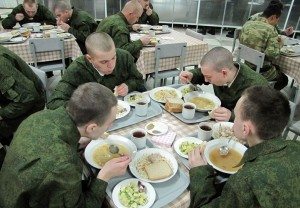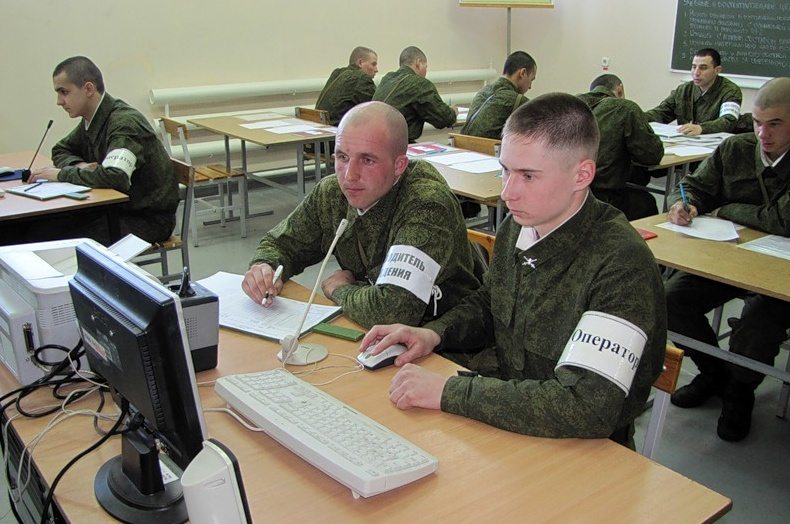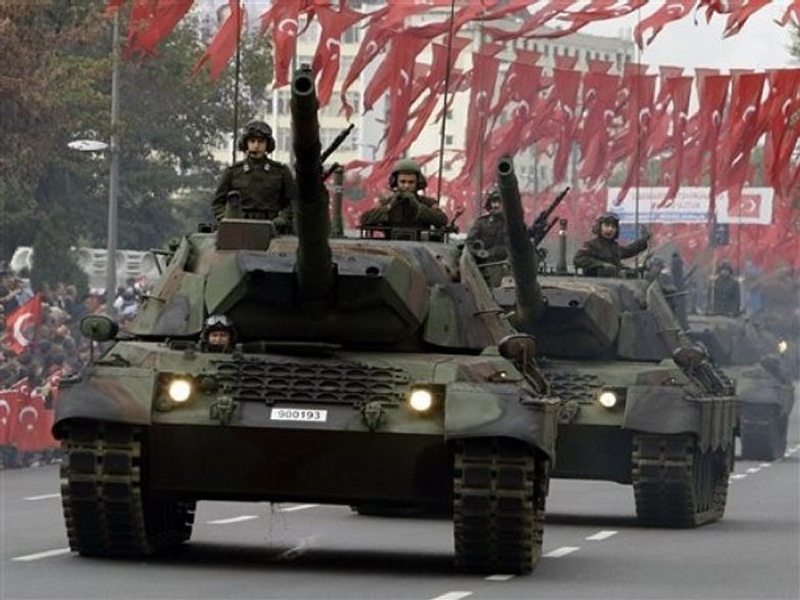For the last two decades the late Soviet and Russian Army has been known for brutality, awful living conditions, poor food, awful sanitation, and hazing. The result was that large numbers of potential draftees went to great lengths to dodge military service by bribing the medical commission, the military commissariat, or just flat out hiding to make sure they’re not found. Young men went to college, got married, and had kids, with their main motivation being to dodge the draft. However starting in the mid 00s the Russian government, then under Putin, started making a considerable effort to change the public image of the Russian military, and as a result the current Russian Army has changed considerably both in the public perception and in reality.
In the past army food had been so awful and insufficient that soldiers would go to great lengths to acquire additional food by stealing or bartering for it with anyone they could. Most of the week soldiers would spend doing work around the base, or even loaned out to private parties. Nothing has become more stereotypical of the Russian Army then soldiers painting fences. Even portrayed in one of the most popular TV shows in Russia, “Soldiers”, they’re stealing or “acquiring” food and generally finding ways to disobey the officers, with the sergeants being part of the problem as much as part of the solution.
With an influx of funding the army has managed to repair many of the barracks and in some cases build entire new bases from scratch for newly formed units like the 33rd and 34th Mountain Motor-Rifles Brigades. Old bases have had many new facilities built, including gyms cafeterias and classrooms. Where money was not available or existing facilities were sufficient, money was spent on cosmetic repairs, new paint jobs and interiors. A lot of money was also dumped into new uniforms and modern field gear for the soldiers.
 At first glance these seem to be much necessary changes with the potential to completely change the situation for enlisted personnel in the Russian Army. However a closer look reveals a less then rosy picture. While food and living conditions have improved, the improvement is not across the board. Some units continue to live in ancient and run down barracks, and only a handful of units have moved away from open squad bays and to have individual rooms with several soldiers to a room. Most importantly soldiers are still essentially locked inside their units with little, if any; personal time and rare weekend passes typically for a day or less outside. The non-commissioned officers live together with the enlisted and are typically no more experienced then the junior enlisted. They can’t effectively organize or lead the soldiers. With the cuts to the officer corps, junior officers can no longer fill in for an absence of real sergeants. The reduction of service to one year the systematic hazing of first year conscripts by second year ones has disappeared, but violence and hazing have not abated.
At first glance these seem to be much necessary changes with the potential to completely change the situation for enlisted personnel in the Russian Army. However a closer look reveals a less then rosy picture. While food and living conditions have improved, the improvement is not across the board. Some units continue to live in ancient and run down barracks, and only a handful of units have moved away from open squad bays and to have individual rooms with several soldiers to a room. Most importantly soldiers are still essentially locked inside their units with little, if any; personal time and rare weekend passes typically for a day or less outside. The non-commissioned officers live together with the enlisted and are typically no more experienced then the junior enlisted. They can’t effectively organize or lead the soldiers. With the cuts to the officer corps, junior officers can no longer fill in for an absence of real sergeants. The reduction of service to one year the systematic hazing of first year conscripts by second year ones has disappeared, but violence and hazing have not abated.
Another important change is that parents of drafted men are now allowed to accompany their child not only to the military commissariat but also to the unit, with transportation provided by the Ministry of Defense. This is coupled with generally allocating soldiers to serve in units closer to where they are drafted from. The results of the changes have not broken the negative tendencies in the Russian Army. However they have laid a necessary foundation for further change. They have also managed to create a much more positive perception of military service among the general population. The real question is whether the political leadership will be willing to continue investing resources and efforts in making change or whether, satisfied by public reaction, they will stop at what they’ve accomplished without addressing the much deeper root causes.
The opinions expressed in this article are the author’s (Iouri Synogatch) and do not necessarily represent those of DefenceTalk.











